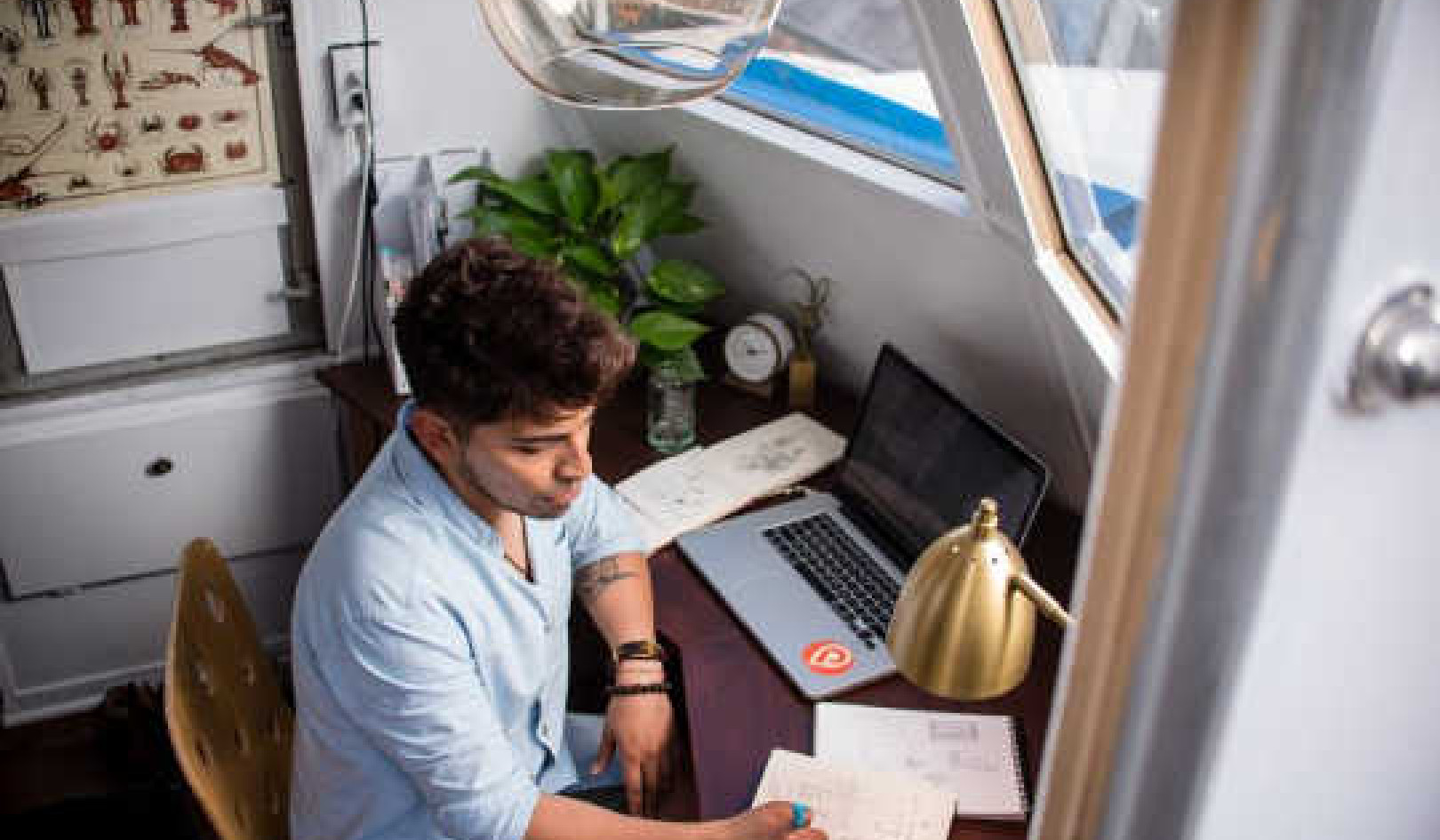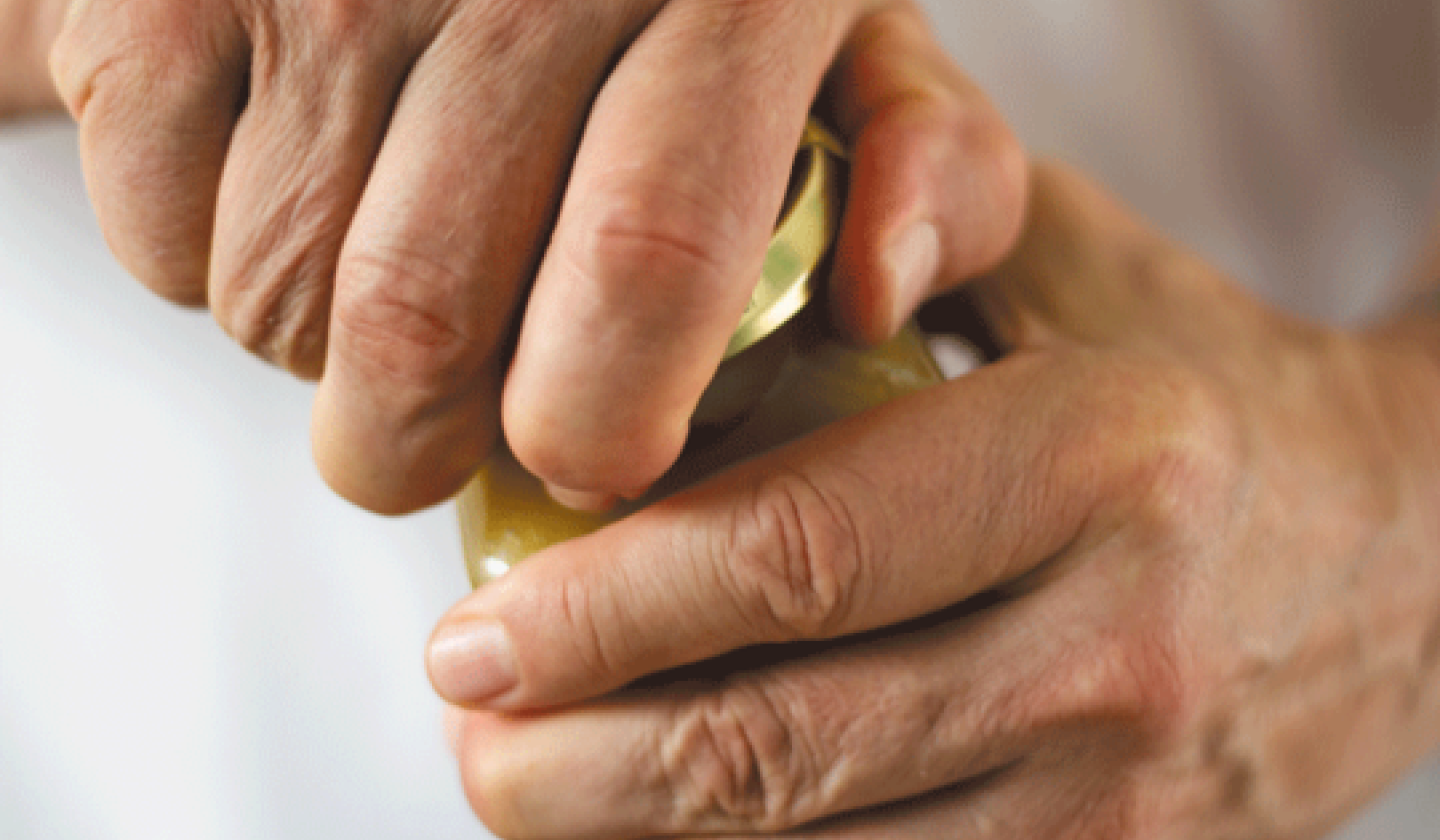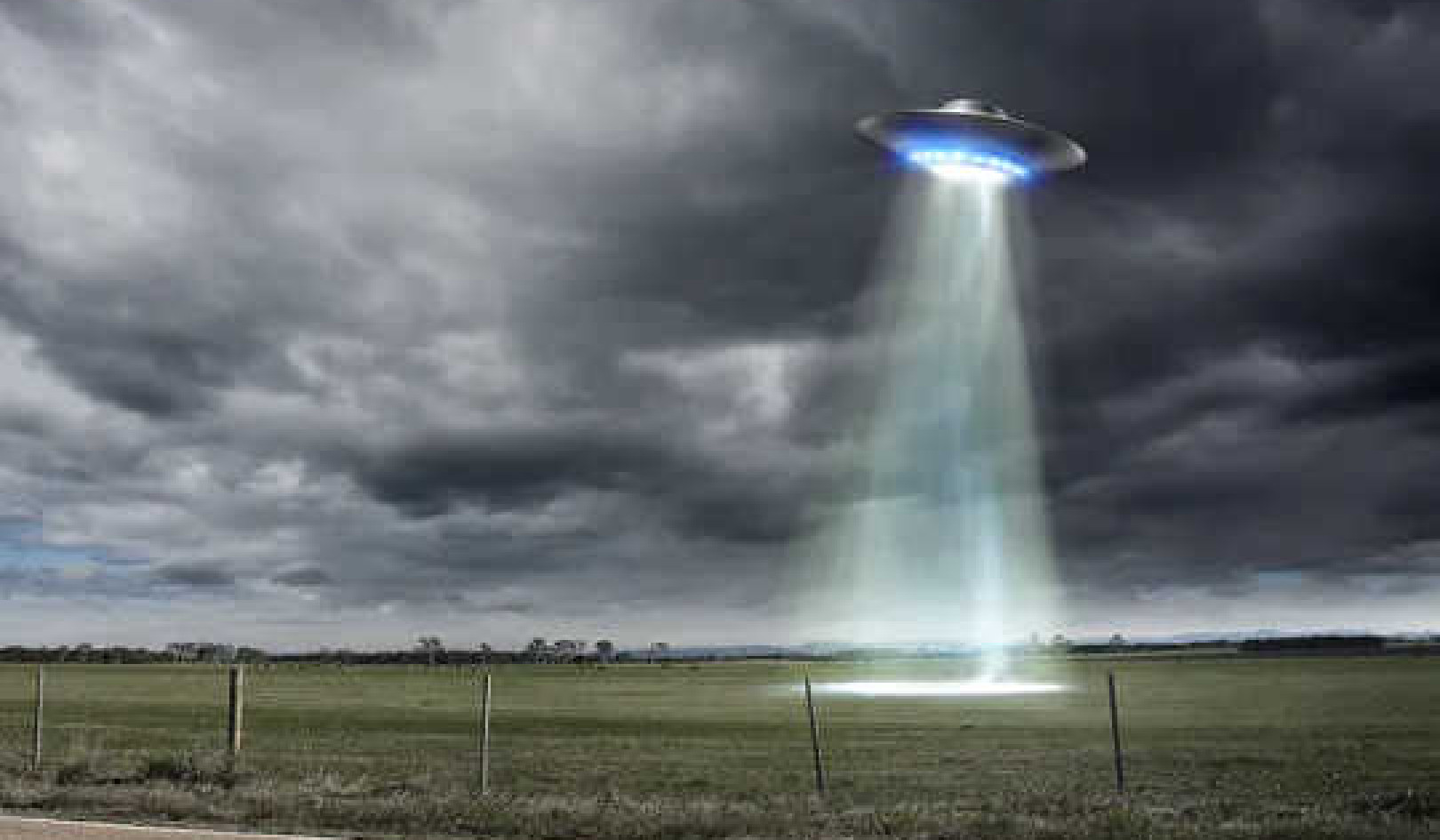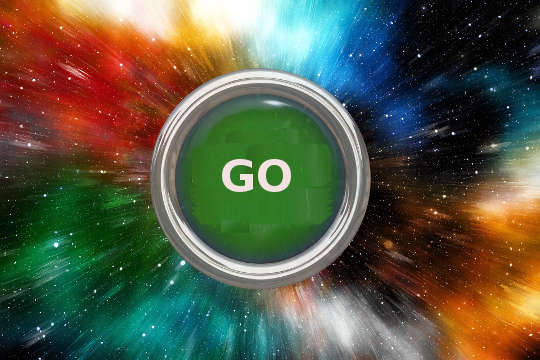
Image by Gerd Altmann
Narrated by Marie T. Russell.
“I can’t believe that!” said Alice.
“Can’t you?” The Queen said in a pitying tone. “Try again: draw a long breath, and shut your eyes.”
Alice laughed. “There’s no use trying,” she said, “one can’t believe impossible things.”
“I daresay you haven’t had much practice,” said the Queen. “When I was your age, I always did it for half an hour a day. Why, sometimes I’ve believed as many as six impossible things before breakfast.”
-- Lewis Carroll, Alice’s Adventures in Wonderland
Many people regard the imagination with suspicion, as something that has no place in adult life. In contrast, the wisdom traditions teach that the imagination is one of the most important, most direct channels to the divine, and probably one of the oldest.
In The Evolution of Imagination, Stephen T. Asma, a specialist in the philosophy of the natural sciences, describes the imagination as “the eye of ancestral man” and considers it a human skill acquired before language. Thomas Moore in Care of the Soul, speaking from a spiritual perspective, proposes: “The key to seeing the world’s soul, and in the process wakening our own, is to get over the confusion by which we think that fact is real and imagination is illusion.”
Another scientist, the never mediocre Albert Einstein, defies convention when he asserts: “Imagination is more important than knowledge. For knowledge is limited to all we now know and understand, while imagination embraces the entire world, and all there ever will be to know and understand.”
Let’s look at some of the many ways we can explore this fantastic river and see what surprises it can offer us.
Play, Dreams, Mysteries: Playing to Create
No child ever receives a box of colored crayons and says, “What’s the point? I can’t draw.” Nor does she reject a jar of modeling dough because sculpture is too complicated. If you give him a guitar, he gets sounds out of it without fuss. If you ask her to sing, she doesn’t refuse to because she doesn’t know the words or because she hasn’t got a perfect voice: she simply takes a breath, opens her mouth and belts it out!
Creativity is not just our birthright: it’s the most important expression of our nature. But something happens when we begin formal education. Suddenly, to draw a tree you are only allowed to use green and brown; the sun has to be round and smiling and to be placed in a certain corner of the sky; and if you don’t get it right you are told: “Look how your friend did it.”
New teaching methods question such judgmental approaches, but for the vast majority of adults the artists that we once were have retired to winter quarters. We live in a strange paradox: as children we are dissuaded from freely expressing our creativity in pursuit of social and educational rules, and as adults we pay fortunes to free ourselves from our blockages and learn . . . to play like children!
Rehabilitating Our Repressed Artist
Several artists have come to our aid. One such is Julia Cameron, who has created a rehabilitation program for blocked artists that is set out in her book, The Artist’s Way. Cameron does not address herself only to painters and dancers, but to every living person, because there is no one born without creativity and the desire and need to use it. Cameron’s main premise is that modern society has convinced us that creativity is the privilege of a few but that things were not always this way.
The Native American Tewa people, for example, do not have a word for “art” because they do not consider it an activity separate from others. Their closest approximation is po-wa-ha (literally, water-wind-breath), which means “the creative force that moves through all things.”
Even if we accept that the creative force exists in all of us, there are some almost universal fears that prevent us from expressing it.
If we are to recover what we have lost we must learn to detect and (gently) silence the internal critic and encourage ourselves to let go of control, trusting that a higher force (however you conceive it, perhaps as our own subconscious) will support our efforts and show us the way. If the universe is inherently and profoundly creative, how could we—who are an intrinsic part of it—not be so as well?
Julia Cameron’s Exercises To Recover Your Own Voice
Writing your morning pages
Actually, you can write them at any time of day, but the morning is best because it allows you to channel the energy of your dreams, and also because the effect continues for the rest of the day. The aim is to write three pages by hand, without stopping to correct or edit yourself, and without reading what you have written (until you finish working through the book).
This stream-of-consciousness writing frees you from the mental noise that gets between you and your intuition and creativity. In the pages you will see yourself thinking, dreaming and holding a dialogue with yourself. Many pearls may turn up in the course of your writing (interesting images, insights you were not aware of, possible projects), but the point is not for these pages to be somewhere to fish for items to be used elsewhere but to give your mind permission to express itself freely. The idea is not to seek to channel the river but to learn to let it flow.
A date with the artist
Spend two hours a week on a “date” with your inner artist. This can mean visiting a museum, seeing a play, walking around in the park, going to an antique shop or just sitting down in a favorite coffee shop to read or write. The only two conditions are: go alone in order to focus on the guest of honor—the inner artist who languishes for lack of attention—and don’t use this time to do anything you are obliged to do. At the end of the date, note down how the experience went.
Write three parallel lives (that you would have liked to live)
The idea here is to think without limits. Write about yourself as a pilot, Arabian dancer, monk, carpenter or soap opera actress. Once you have done that, notice which “autobiography” brings a smile to your lips, or a glint to your eye, by merely reading it. Think of a gesture or action that you can incorporate into your day, to take you in the direction of fulfilling your longing. It can be purely symbolic.
Strive for balance
Draw a circle and divide it into six “portions,” as if it were a pie. Put the following labels on each area: work, exercise, fun, friends, romance/adventure and spirituality. Draw a point on each portion to indicate how satisfied you feel in that sector: closer to the outer edge means greater satisfaction.
Connect the dots. This drawing will show you where you feel there is something lacking.
Are there any simple ways that you can nourish neglected areas? Do this exercise every now and then and observe whether the drawing becomes more harmonious and balanced.
©2018, 2021 by Fabiana Fondevila. All Rights Reserved.
Publisher: Findhorn Press, imprint of Inner Traditions Intl.
www.findhornpress.com and www.innertraditions.com
Article Source
Where Wonder Lives: Practices for Cultivating the Sacred in Your Daily Life
by Fabiana Fondevila
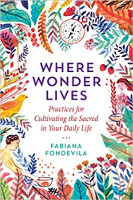 Where Wonder Lives invites you on a journey, an expedition through your own inner landscape to reawaken to the mystery of life. The travels are by way of an imaginary map through 9 distinct territories. In each, you explore the terrain, then are led to a rich set of contemporary and time-honored practices--from mindfulness to dreamwork, cloudscapes, and working with plants--that help you rebuild a life of vitality, connection, and enchantment.
Where Wonder Lives invites you on a journey, an expedition through your own inner landscape to reawaken to the mystery of life. The travels are by way of an imaginary map through 9 distinct territories. In each, you explore the terrain, then are led to a rich set of contemporary and time-honored practices--from mindfulness to dreamwork, cloudscapes, and working with plants--that help you rebuild a life of vitality, connection, and enchantment.
There is no prescribed order in which to explore the map. Rather, the invitation is to begin at the territory that calls to you, or perhaps that which is most challenging. Throughout the journey you are immersed in a world of wonder and awe, discovering new possibilities for learning and expansion in ordinary life. Face to face with the mystery of life, Where Wonder Lives makes you feel at once both infinitely small and part of a vast, unfathomable universe--all while helping you to see the world anew.
For more info and/or to order this book, click here. Also available as a Kindle edition.
About the Author
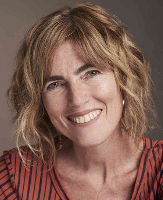 Fabiana Fondevila is an author, storyteller, ritual maker, activist, and teacher from Buenos Aires, Argentina. Fabiana’s seminars weave together nature exploration, dreamwork, mythic consciousness, archetypal psychology, social work, and essential emotions such as awe, gratitude, and enchantment. For over a decade, she has led year-long courses (both online and face-to-face) which take students on a personal and communal adventure of growth and discovery, challenging themselves to come ever closer to being the change they wish to see in the world. Fabiana also leads an online campaign to highlight and combat exclusion and discrimination and, since the pandemic began, has given regular Sunday talks (in Spanish, via Zoom and social media) to share a message of hope, resilience and her embodied, earthy approach to spirituality.
Fabiana Fondevila is an author, storyteller, ritual maker, activist, and teacher from Buenos Aires, Argentina. Fabiana’s seminars weave together nature exploration, dreamwork, mythic consciousness, archetypal psychology, social work, and essential emotions such as awe, gratitude, and enchantment. For over a decade, she has led year-long courses (both online and face-to-face) which take students on a personal and communal adventure of growth and discovery, challenging themselves to come ever closer to being the change they wish to see in the world. Fabiana also leads an online campaign to highlight and combat exclusion and discrimination and, since the pandemic began, has given regular Sunday talks (in Spanish, via Zoom and social media) to share a message of hope, resilience and her embodied, earthy approach to spirituality.
She is the author of a dozen children’s books, a Young Adult novel which in 2017 won second prize in Sigmar’s Children’s and Young Adults’ Literary Award. In 2018, she published her first book for adults, “Donde vive el asombro”. The above article is excerpted from the English version, “Where Wonder Lives. Practices for Cultivating the Sacred in Your Daily Life”,
Visit her website at FabianaFondevila.com/english























